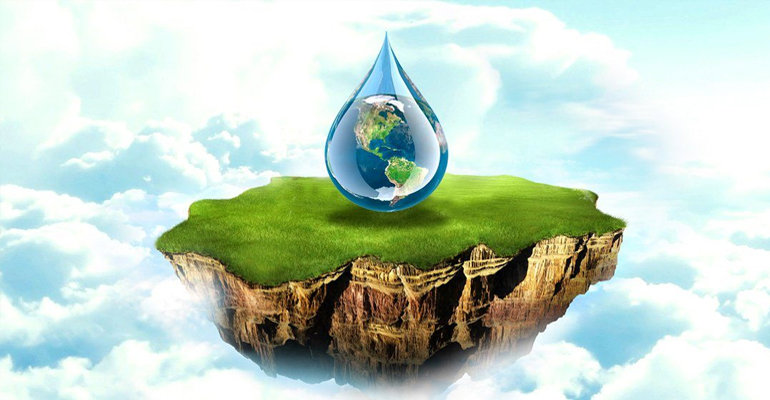
Clean water is one of the most significant natural resource on earth. Waste water has now become a huge matter of concern as it has a significant impact on our ecology. Waste water contains harmful substances which cannot be released back into the environment until it is treated. The aim to treat water is to restore the water supply and to protect the environment from toxins.
Waste water can be generated from both residential and commercial uses. Chemical compounds from waste water can harm the ecosystem as well as it is hazardous for human health.
Treated water can be source of water for many purposes. The best quality of water after treatment can be reused instead of disposing it to water bodies. Treating waste water to recycle/reuse can be helpful in areas with low water resources. It would be helpful in water conservation; It also helps to save on connection fees that might be extremely high due to the shortages. The waste water treatment would depend on the contaminants present in the water.
The sewage that from the sea has high concentration of pharmaceutical drugs that are potentially disastrous for aquatic life
The source of the untreated industrial effluent discharged first into the sewers and then waste water treatment plants (WWTP) are households and hospitals (HT).


The sewage that Mumbai pumps into the sea has high concentration of pharmaceutical drugs that are potentially disastrous for aquatic life, a first-of-its-kind study led by the Indian Institute of Technology - Bombay (IITB) revealed.
The source of the untreated industrial effluent discharged first into the sewers and then waste water treatment plants (WWTP) are households and hospitals.
When we consume any medicine, 30% is absorbed by the body, and about 70% gets excreted that goes into the sewerage treatment plants. But these treatment plants are not always designed to treat medicines,A customized system needs to be installed for such applications. Elevated levels of pharmaceuticals entering the creek before ultimately reaching the sea can affect aquatic life, and humans in the long run. For the study, the four-member team selected 12 commonly used industrial effluent from an initial list of 72 for seasonal monitoring at two WWTPs in the city. Results showed that the average load of industrial effluent on reaching the two treatment plants was 537 microgram per litre (ug/L) and 353 ug/L. In comparison, pharmaceutical concentrations in two similar WWTPs in the US - also part of the study - were found to be 50% less than Mumbai's WWTPs.
On treatment, 59% industrial effluent were removed before being released into the creek in the lagoon-based WWTP, while the advanced WWTP eliminated 85% industrial effluent. The US-based WWTPs were more efficient at removing industrial effluent at 10% - 30%.
Researchers have attributed an increase in the intake of pharmaceutical drugs to growing incomes and consumption patterns resulting in a rise in lifestyle diseases.
Such high concentration of pharmaceutical drugs when released into the water body acts as a poison for aquatic life and is carcinogenic. Some of these drug compounds can remain in fish tissues. When we consume fish, these compounds can get transferred to human tissues.
There is a need to upgrade existing waste water treatment facilities around the country so as to be able to treat all types of industrial effluents before effluents are released into the environment.
With treated wastewater not released into rivers in Mumbai the possibility of contaminating drinking water sources can be low.But non treated industrial effluent can have adverse effect on health of living organisms. Some are known to have endocrine disruptive effects where they affect the production of natural hormones.
The major aim of wastewater treatment is to remove as much of the suspended solids as possible before the remaining water, called effluent, is discharged back to the environment. As solid material decays, it uses up oxygen, which is needed by the plants and animals living in the water.
We, the highest polluter and consumer of water hold our selves responsible for the ecological imbalance. And we think it is high time to pledge our devotion towards conservation of not only water but all renewable and nonrenewable resources.
Your email address will not be published. Required fields are marked *